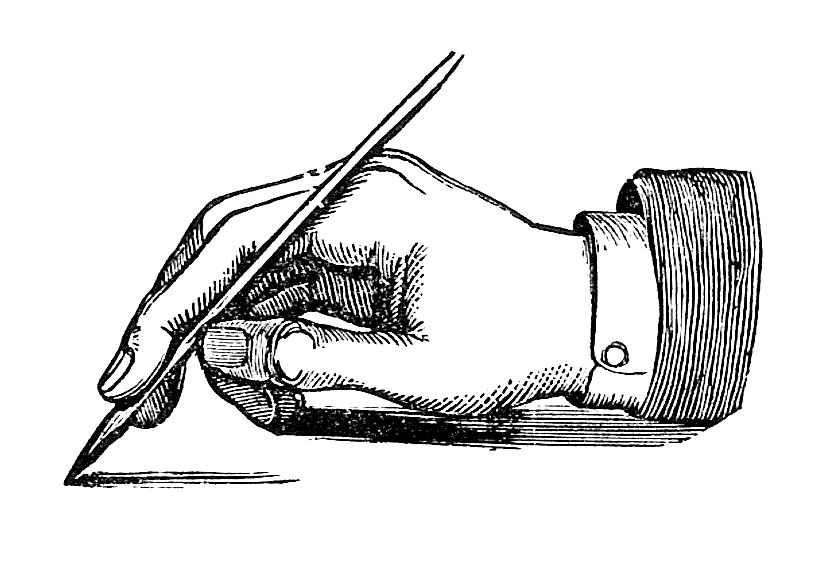I am excited about this year's NCCTM State Math Conference. It is a great time to talk with others who are as interested (and yes, passionate) about teaching and learning mathematics. This year's theme is Big Ideas for Teaching and Learning Mathematics.
Each year I try to share one workshop that examines a specific content area and one session that looks at a teaching practice.
This year's content workshop is "Transforming the Way We Teach Transformations." I was inspired by an article with a similar title in the August 2010 Mathematics Teacher written by Eileen Fulkenberry and Thomas Fulkenberry. (You can find the article here.)
"What Does a Grade Say?" is my session addressing a teaching practice. I will discuss Outcomes Based Grading. This is a practice that I started in my classroom in 2011 and now, as I coach, I support and help teachers implement this practice in their classrooms. It's been an interesting endeavor to put into a presentation all of the complexities regarding something that seems simple.
For those at the conference, I hope you have an opportunity to join me. Resources from the presentations can be found on the Presentations page.
#1325 Transforming the Way We Teach Transformations 10:30 - 12:00 Colony A
#1538 What Does A Grade Say 12:30 - 2:00 Meadowbrook
Wednesday, October 29, 2014
Sunday, October 12, 2014
Creating Curriculum Resources
I don't remember when I started developing my own resources for teaching and learning. (To be clear, I am referring to engaging learning tasks and not worksheets for practice.) It certainly wasn't when I was a beginning teacher. In my second year of teaching I was responsible for the textbook adoption at my school. What influenced my decision the most? The amount of "extras" that was included. Yes, I was impressed by the boxes of ancillary materials and the promise of consumable workbooks for each year of the adoption.
The year after the adoption, when I was using the new textbooks with all the "extras", I was introduced to a new curriculum resource Core-Plus Mathematics Project. It didn't have all of the extras. As a matter of fact, the textbook wasn't even in color unless you consider pink accents as color. The use of these materials has shaped my philosophy on teaching and learning. After years of using Core-Plus, whenever I needed a resource that was not included in the textbook, I began creating my own. It was out of necessity because those boxes of "extras" didn't provide learning tasks that assisted me in facilitating students thinking about and constructing their own understanding of the mathematics.
Fast forward 14 years. I am now a high school math coach and part of my responsibility is to assist my teachers in curriculum resources. This includes obtaining, evaluating, developing, and using the resources. One of my goals in coaching is to influence teachers to become "standards based" teachers and one strategy is using quality learning tasks. This is a challenge for a myriad of reasons of which I will not expand upon here. Suffice it to say, as a result, I find that I am writing curriculum resources.
One of my professional goals is to create curriculum resources that
Fast forward 14 years. I am now a high school math coach and part of my responsibility is to assist my teachers in curriculum resources. This includes obtaining, evaluating, developing, and using the resources. One of my goals in coaching is to influence teachers to become "standards based" teachers and one strategy is using quality learning tasks. This is a challenge for a myriad of reasons of which I will not expand upon here. Suffice it to say, as a result, I find that I am writing curriculum resources.
One of my professional goals is to create curriculum resources that
- are good, interesting, and beneficial for teaching and learning math
- explicitly address the instructional shifts (especially for concepts that are lacking in our primary curriculum resources),
- include instructional strategies for use with students
- and inspire others to create learning opportunities specific to their students.
Subscribe to:
Posts (Atom)

